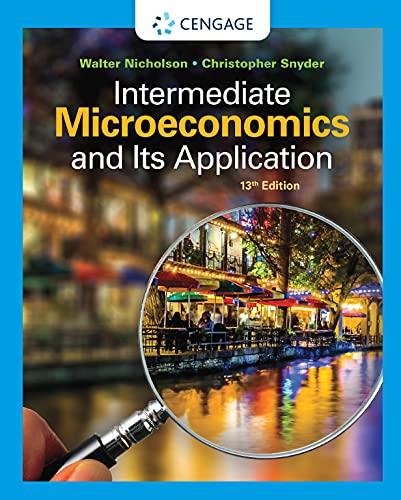Question
Ken Montgomery, founder of XL NanoDevices, invested $50,000 as seed money from his personal funds when he started XL in April 2019. His co-founder, Steve
Ken Montgomery, founder of XL NanoDevices, invested $50,000 as seed money from his personal funds when he started XL in April 2019. His co-founder, Steve Moore, invested $25,000 at the same time. Arbitrarily, they decided to issue 1,000,000 shares of common stock to themselves as founders and sole owners when they filed XL's incorporation papers with the state. Ken, who had the initial idea for XL and who had invested the greatest amount of "sweat equity" to date, received 750,000 shares of XL common stock while Steve received 250,000 shares. No other shares have been issued since.
When the company was launched in April 2019, the founders also secured the backing of Meg Ferris, a local angel investor with substantial experience in their technology. Meg invested $300,000 in XL in the form of a convertible note. Terms of the note included: (i) a compounding interest rate of 6% per annum; (ii) a duration of 24 months; (iii) a conversion discount of 20% tied to the Series A share price; (iv) a $1,000,000 minimum future financing for conversion of the note; (v) a pre-money valuation cap on the note of $6,000,000; and, (vi) if XL is acquired prior to a Series A financing, Meg would receive 150% of the note's principal investment amount.
As of today, April 2021, Ken and Steve have successfully developed a working prototype of their revolutionary new drug delivery nanoparticles and are beginning to attract favorable attention from a number of research laboratories at large pharmaceutical companies.
Timberlake Associates, a regional venture capital firm with considerable experience in nanotechnologies, has been introduced to Ken by Meg and is considering an investment in XL. Timberlake's people have reviewed XL's business plan and have conducted enough due diligence to get comfortable with such an investment. The business plan calls for a first, Series A, round of financing of $3,000,000 in April 2021 and a second, Series B, round of $7,500,000 in April 2023. Timberlake's target rate of return is 50% per annum (compounded) for the Series A investment. They desire a target rate of return of 40% p.a. (compounded) for the Series B round.
XL's business plan anticipates that a strategic corporate investor will acquire XL in 5 years (i.e., in April 2026), this being the exit strategy for XL's investors. Proforma income statements provided in XL's plan project annual sales revenues to be $15,000,000 in 5 years under a "success" scenario. The investors believe that a typical price/revenues ratio for similar early-stage high-tech companies is about 5:1.
At the planned "liquidity event" in April 2026; what will Ken's shares in XL be worth and what annual rate of return (compounded) on his original $50,000 investment does this represent?





Step by Step Solution
There are 3 Steps involved in it
Step: 1

Get Instant Access to Expert-Tailored Solutions
See step-by-step solutions with expert insights and AI powered tools for academic success
Step: 2

Step: 3

Ace Your Homework with AI
Get the answers you need in no time with our AI-driven, step-by-step assistance
Get Started


